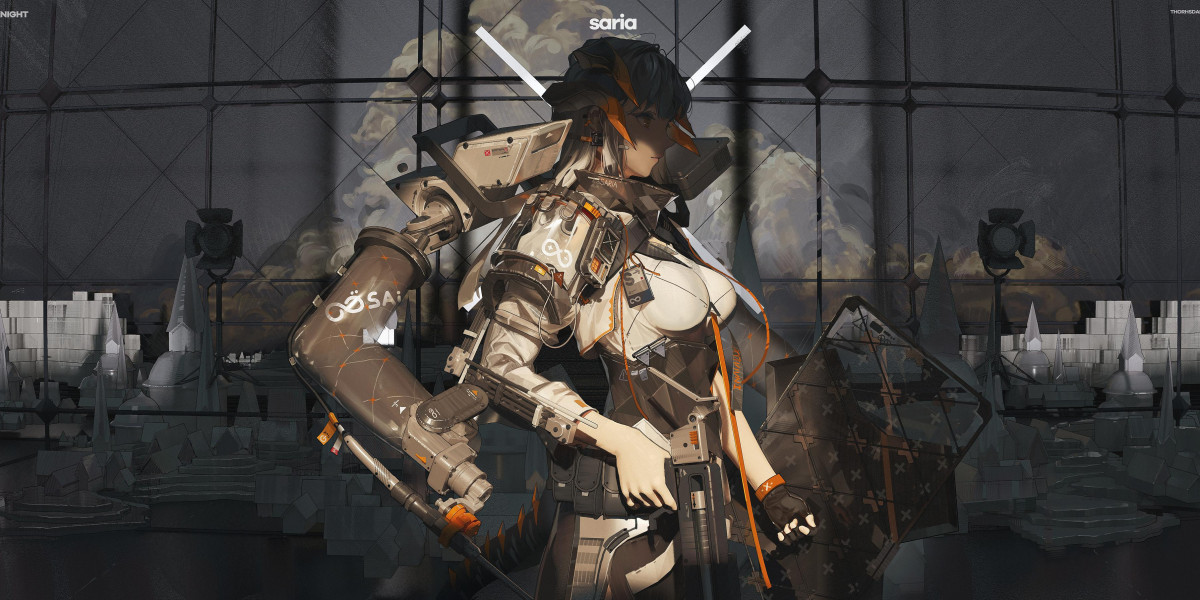Unlocking the Secret: Why PBT Keycaps Might Just Be Your Keyboard's Best Friend!
Keycaps play a pivotal role in the functionality and aesthetics of a keyboard. They not only determine how a keyboard feels and sounds when typing but also influence its overall appearance. Among the vast array of keycap materials available, PBT (Polybutylene Terephthalate) keycaps have gained significant traction among keyboard enthusiasts and casual users alike. Known for their superior durability and unique characteristics, PBT keycaps have become a popular choice. In this article, we will explore the advantages and disadvantages of PBT keycaps compared to other materials, helping you decide if they are worth the investment for your keyboard setup.

Understanding Keycap Materials
Keycaps can be made from a variety of materials, each with its unique characteristics and applications. The most common materials are ABS (Acrylonitrile Butadiene Styrene) and PBT, but there are also other options like POM (Polyoxymethylene) and rubber. ABS keycaps are widely used due to their affordability and ease of production, but they tend to wear down quicker, resulting in a shiny surface over time. On the other hand, PBT keycaps are known for their robustness and longevity, making them a favorite among gamers and typists who demand durability. PBT is less prone to wear, resulting in better texture and color retention. This makes PBT keycaps an attractive option for users concerned about maintaining a pristine look and feel over time.
Advantages of PBT Keycaps
One of the standout benefits of PBT keycaps is their exceptional durability. Unlike ABS, PBT keycaps are resistant to wear and tear, meaning they maintain their texture and appearance even after extensive use. This durability is particularly noticeable in high-use environments, such as gaming or typing marathons. Additionally, PBT keycaps are less prone to fading, thanks to their dye-sublimation process, which embeds the color into the plastic rather than simply coating it. This ensures that the legends on the keycaps remain clear and vibrant over time, even with heavy usage. Furthermore, PBT keycaps can handle high temperatures and are resistant to chemicals, making them ideal for users who may spill beverages or work in environments where exposure to chemicals is a concern. In my own experience, switching to PBT keycaps significantly improved the look of my keyboard after months of use, as they remained as vibrant as the day I purchased them.
Disadvantages of PBT Keycaps
Despite their many advantages, PBT keycaps do have some downsides. One of the most notable is their higher cost compared to ABS keycaps. For budget-conscious users, the price difference can be a significant consideration. Additionally, PBT keycaps are typically heavier than their ABS counterparts, which can affect the overall weight and feel of a keyboard. Some users prefer the lighter touch of ABS keycaps, especially for gaming where rapid key presses are required. Availability can also be an issue, as PBT keycaps may not come in as many designs and colors as ABS keycaps, limiting customization options. A friend of mine who is an avid gamer found it challenging to find the perfect color scheme in PBT, ultimately opting for ABS for a custom look.
PBT vs. Other Keycap Materials
When comparing PBT keycaps to other materials, particularly ABS, the differences become more pronounced. PBT keycaps offer a more satisfying tactile feedback and a satisfying typing experience, which many users prefer. The sound produced by PBT keycaps can also be deeper and more pleasant than that of ABS keycaps, which can feel more hollow due to their construction. Moreover, PBT keycaps tend to be more resistant to shine and wear, ensuring they remain visually appealing over time. However, some users may find the heavier weight of PBT keycaps to be a drawback, especially if they are accustomed to the lighter feel of ABS. In my experience, using PBT keycaps has noticeably enhanced my typing experience, making it smoother and more enjoyable, but I can see how others might prefer the lighter design of ABS for quick gaming sessions.
Assessing the Value of PBT Keycaps
In summary, PBT keycaps offer a range of advantages, including durability, resistance to wear, and aesthetic appeal, making them a top choice for many keyboard enthusiasts. However, they also come with some disadvantages, such as higher cost, increased weight, and limited availability. Ultimately, the decision of whether PBT keycaps are worth it depends on individual preferences and needs. Users should consider their typing style, usage patterns, and aesthetic preferences when making this choice. If you value longevity and a premium feel, PBT keycaps might be the perfect fit for your keyboard.








